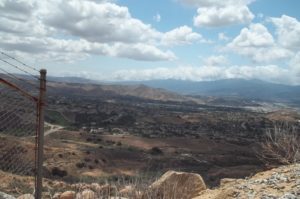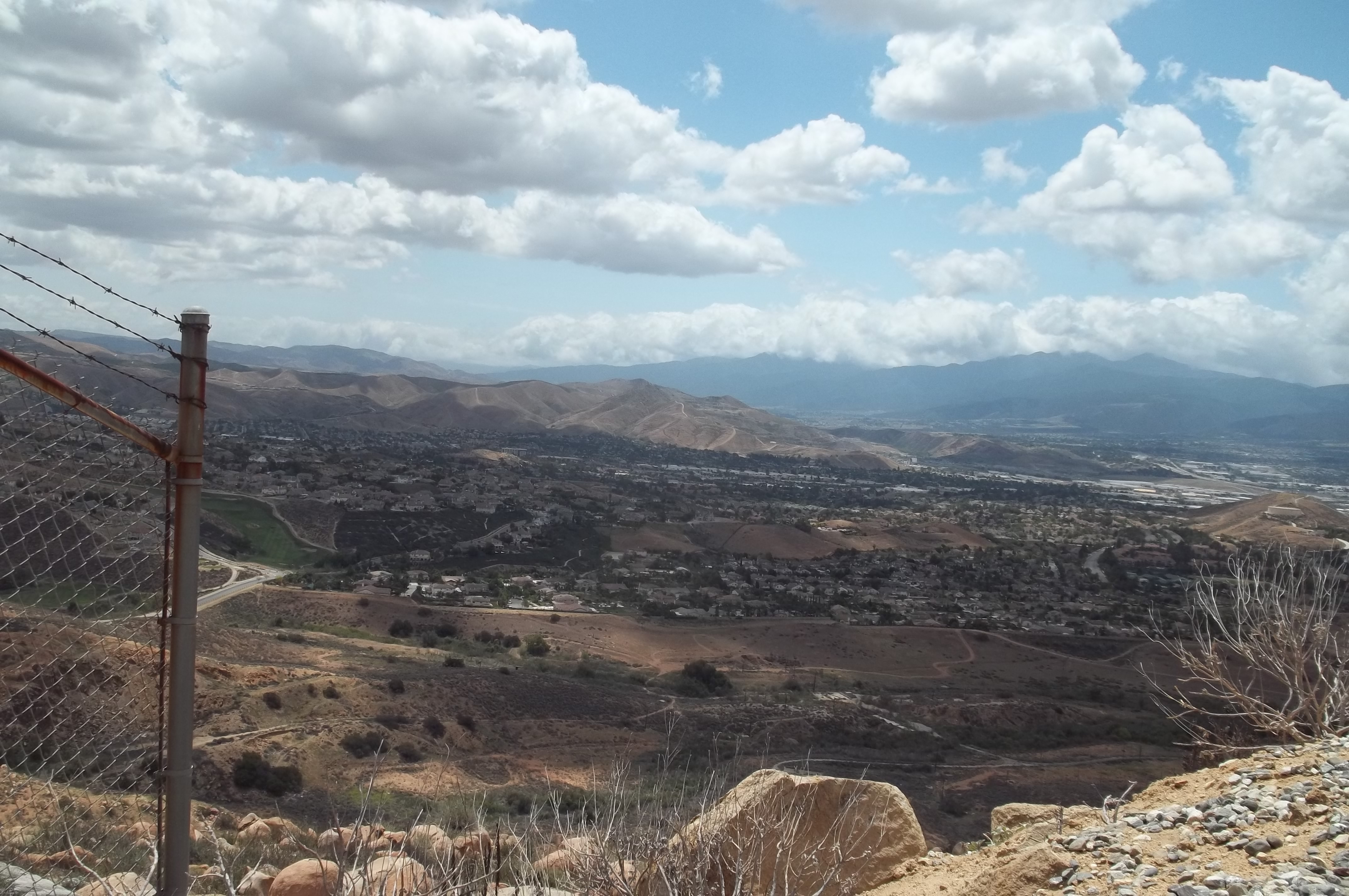A remote site is one of the three elements necessary for the consolidation of hazardous waste in California. The other two are the consolidation site and the transporter. Before you can take advantage of this relief from full regulation (and it’s a good one!) you must understand how the California DTSC defines a remote site.
The California Health and Safety Code along with the California Code of Regulations is used by the Department of Toxic Substances Control (DTSC) in California to regulate the generation, accumulation, transportation, and disposal of hazardous waste. In California, the term hazardous waste includes both RCRA hazardous waste (defined by USEPA) and non-RCRA hazardous waste (defined by DTSC and subject to regulation solely within California). California not only has a broader definition of hazardous waste but also has more stringent regulations for its accumulation, transportation, and disposal. However, sometimes even California cuts you a break, an example of which is the allowance for consolidation of non-RCRA hazardous waste from remote sites at a single consolidation site. A full explanation of this regulation will have to wait for a later article. This article will address solely the DTSC definition within the Health and Safety Code (HSC25121.3(a)) for a “Remote site”.
“Remote site” means a site operated by the generator where hazardous waste is initially collected, at which generator staff, other than security staff, is not routinely located, and that is not contiguous to a staffed site operated by the generator of the hazardous waste or that does not have access to a staffed site without the use of public roads. Generator staff who visit a remote location to perform inspection, monitoring, or maintenance activities on a periodic scheduled or random basis, less frequently than daily, are not considered to be routinely located at the remote location.

To summarize, a remote site is…
- operated – but not necessarily owned by – the generator of the waste.
- the site where hazardous waste is initially collected. The term “accumulated” is absent because under this exemption “accumulation” doesn’t begin until the waste reaches the “consolidation site”.
- a place where employees of the generator aren’t routinely located. Occasional visits don’t count as “routinely located”. Also, security staff don’t count.
- not connected at any point (i.e., contiguous) to property where employees of the generator are located.
- not accessible to employees of the generator without use of public roads.
Contact me with any questions you may have about the generation, identification, management, and disposal of hazardous waste Daniels Training Services, Inc. 815.821.1550 |
If you are a business in California with remote sites where hazardous waste is generated you may wish to take advantage of the relief from regulation offered by DTSC that allows you to self-transport non-RCRA hazardous waste for consolidation prior to final off-site transportation for disposal or recycling.

